As Carrie Fisher’s character says in When Harry Met Sally, “Everyone thinks they have great taste and a good sense of humor,” but that’s obviously not true—and some of the decorative ideas in multifamily buildings challenge this belief.
It’s true that when it comes to interior design and decorating, taste is subjective, and trends come and go. That said, it’s still important to find a design that the majority of residents will like and that won’t look dated within a year or two—which is why your building’s board or design committee should always work with an interior design professional when making a change.
Whether it’s upgrading the look of a building itself, or refreshing the vibe of the common areas, a savvy design will marry what’s fresh and current with something that will last and not fall victim to quickly passing trends.
On Trend
April Gandy, principal designer for Alluring Designs Chicago, has worked a great deal on residential design projects in condos and multifamily buildings, and also works with a real estate investor who owns several multifamily properties. For the latter, her current design goal is to create a cohesive look across the client’s portfolio of properties that’s synonymous with his brand.
One of the trends that Gandy has seen this year is a lot of clean lines with neutral color palettes. “I’m seeing more clients lean towards quality pieces that are sustainable,” she says. “Materials that will stand the test of time, like solid wood and porcelain, are desirable investments for high-traffic areas of clients’ projects. These materials require fewer repairs over time and create a high-end look that attracts the interest of high-paying renters and/or buyers.”
Smita Sahoo, owner, founder, and creative director of Chicago-based āśaya | DESIGN, has nearly 15 years of experience in multifamily design which she says “ranges from conceptualizing the design of the entire property all the way to final details and FF&E [furniture, fixtures, and equipment] selections of the model units. I design and manage every aspect of the project, making sure the vision is aligned with the client’s broader vision.”
Sahoo says she’s seeing a rising interest in more modern, timeless design inspired by nature—though occasionally some of the rental clients she works with are incorporating some brighter, bolder, more colorful design elements to cater to younger home-seekers.
“Interior design themes are now more story-based, rather than just focusing on choice of materials,” she says. “The trend is about specifying durable, sustainable materials, and applications that have dual purpose.”
She points to wallcoverings as an example. “This is the most impactful way to change a space,” Sahoo says. “Some of the [newer] wallcoverings have great performance as well as aesthetics. These can be easily cleaned; some can even be written on, then erased—which makes them a great wall surface in a lounge or coworking kind of application.”
Moshe Hecht, chief operations officer of Toms River, New Jersey-based HHDESIGNERS, which also has a large portfolio of projects in the Chicagoland area, has master-planned numerous multifamily spaces over the years. He says, “Our work is driven by the understanding that these spaces are not just buildings, but homes to many. We take into consideration the community spirit, functionality, and the unique design elements and amenities that make every building special.”
Hecht has seen rising popularity for more conscientious designs that seamlessly integrate natural elements, creating a calming indoor sanctuary.
“Sustainable and recycled materials are leading the way,” he says. “For instance, terrazzo, a composite material made from recycled glass, marble, and other reused materials, has seen a revival. Not only is it environmentally friendly, but its versatility in color and texture makes it a preferred choice for both residential and commercial spaces.”
Mackenzie Cain, a designer for Habitar Design, with offices throughout the Chicagoland area, concurs, and notes that the use of natural and textured materials, warm hues, and organic shapes is a great way to make any multifamily building feel fresh and new while creating welcoming and comfortable spaces.
“For example,” she says, “bringing in real wood—beams, mantels, furniture—or natural stone on countertops, tile, furniture elevates the space, but keeps it feeling cozy.”
Creating Continuity
Gandy’s go-to plan for visual and spatial cohesion begins with a neutral tonal foundation with pops of color throughout for interest. “A neutral foundation allows for minimal future costs to change the look of the space,” she says. “Changing out window treatments, area rugs, light fixtures, etc., can dramatically change the look of a space without breaking the bank, which is very attractive to owners.”
According to Cain, the key to continuity is creating an environment using a wide range of materials. “You want to balance out cold and warm surfaces, hard and soft surfaces,” she says. “Pair stone tile with upholstered benches, paired with textured wallpaper, paired with natural stone countertop surfaces, paired with woven light fixtures. It’s finding a balance between all the materials that will keep the space feeling simple and clean, but also warm and welcoming—somewhere you want to be and spend your time.”
The Trick to Collaborating
Members of the board or a building’s design committee are going to have their own thoughts and ideas about the look of their home, so it’s important for design professionals to welcome their ideas—even if they aren’t to the designer’s own taste—and steer the clients towards a solution with more longevity and sophistication.
“Helping clients understand how investing in quality upfront can save in the long run is the key to securing approval on design plans,” Gandy says. “Identifying what’s important to the client and leaning into that also helps.” For instance, she says, property investors and management companies don’t want to deal with constant service calls, so explaining how certain materials that might cost a bit more upfront will actually hold up better over time and show less wear-and-tear “certainly helps seal the deal with the design.”
Sahoo notes that a thorough understanding of the business goals of the project and coming up with a strong design concept and story of the property are always key to collaboration. But whether working for an investor or a board, “listening to the clients is always the first step,” she says. “Once we understand their sensibilities and goals, we come up with design ideas that are aligned with those goals, as well as with the market trends and best practices.”
Hecht says the secret to a design project that pleases residents and attracts buyers lies in understanding and celebrating the community. His approach revolves around collaborative ideation.
“We initiate a dialogue with clients, presenting them with visuals, mood boards, and renderings,” he says. “By ensuring that they’re part of the decision-making journey, we build trust, making it easier to merge our creative vision with their expectations.”
Color My World (and Building)
When it comes to color, neutrals with pops of color are almost a guaranteed home-run, allowing flexibility to make changes in the future for minimal costs, Gandy says. Pairing these neutrals with the right materials allows for even more bang for the buck. “Subtle textures that are easy to clean, such as vinyls, are attractive for their low maintenance, high durability, and good price point,” she adds.
Neutrals are also being used by Sahoo more today than ever before. Additionally, her designs use a lot of rich textures, but they are strategically used to balance the overall space. “Timeless materials that withstand the test of time and have a larger appeal provide a canvas that the end users can then adapt and add their personality to,” she says
Cain is seeing more use of warmer tones as a base, explaining some people really are loving the all neutral, somewhat monochromatic pallet right now, while “others are diving into incorporating pops of bold colors,” she says. “I think blues and greens will always have a place in current design, but I have seen a lot more bold colors like reds, pinks, purples being used recently, too.”
She concurs with her colleagues that textures are definitely important, and are crucial in balancing a design. She points to exposed bricks, natural wooden surfaces, stone and tile, wallpaper, even upholstery or furniture as opportunities to bring in different textures that will add to the overall aesthetic personality of a space.
Earth tones are reigning supreme for HHDESIGNERS, with hues like muted terracotta, sage green, and soft beige becoming increasingly popular. “These colors have a grounding effect and create spaces that exude warmth and comfort,” Hecht says.
Designing Common Spaces
With the layout and aesthetic of common spaces becoming more important than ever thanks to more people working from home, many buildings are leveling up their design theme, be it minimalism, mid-century, industrial, or something else entirely.
“I’m seeing clients really lean into minimal design, especially in common areas,” Gandy says. “The fewer items in common areas means more investment in private spaces, which is more attractive to potential buyers and/or renters.”
Sahoo says that designs in these spaces depend on the site context, neighborhood, and the story of the project. “The lobby area is very important; it sets the first impressions for guests and helps them form their impressions of the property.”
Every multifamily building has a unique vibe, and designers aim to amplify that. Cain notes that for any community space, finding the right design starts with knowing the neighborhood and residents. “I would match the aesthetic to the building itself to maintain the character and keep consistency throughout,” she says.
By working closely with your building or association’s chosen design pros to ensure continuity, functionality, and aesthetic value, says Hecht, “we create spaces where residents feel a genuine sense of belonging and pride.” And that’s attractive, no matter what your taste.
Keith Loria is a freelance writer and contributor to CooperatorNews.



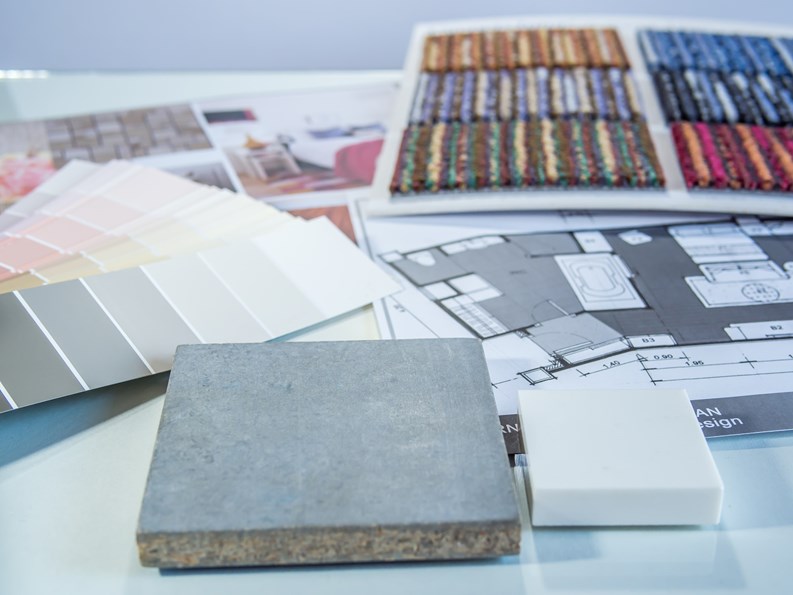
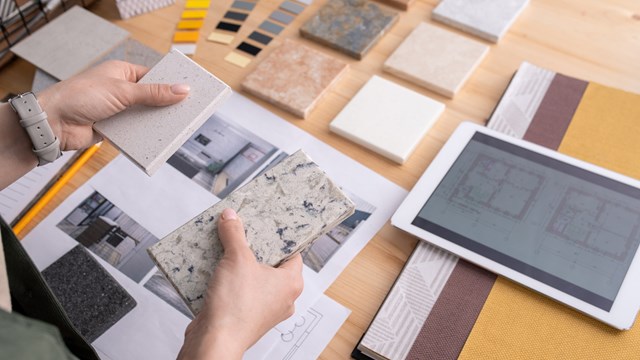


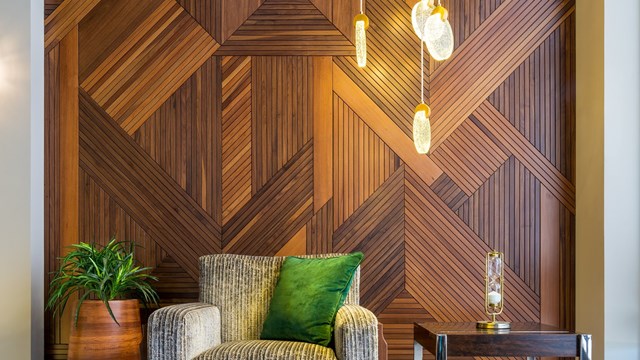
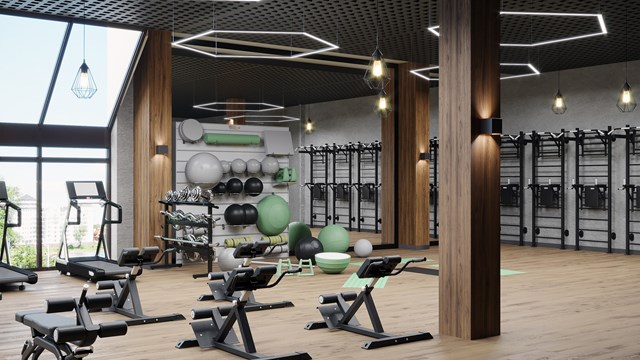
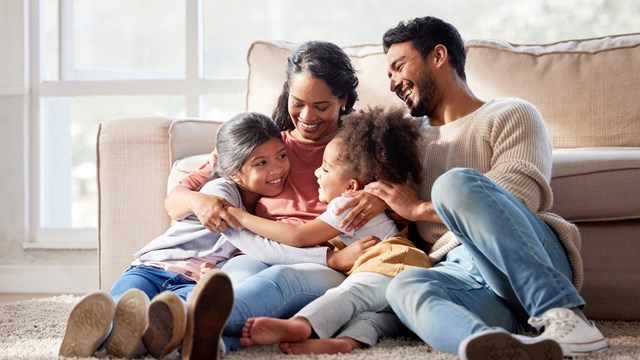
Leave a Comment